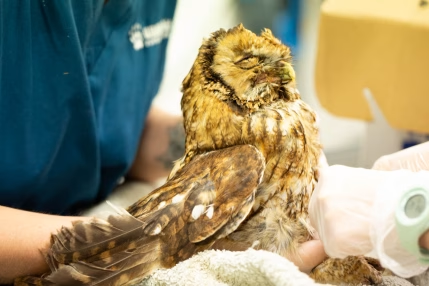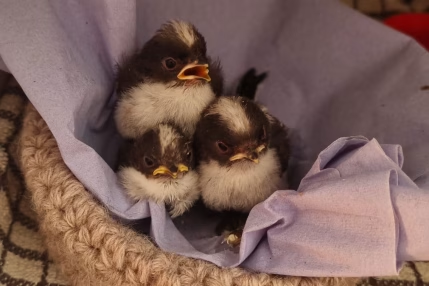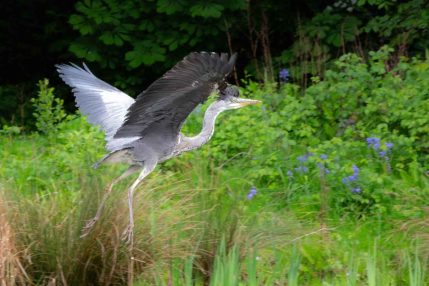Wildlife Rescue Stories
Uncover rescue stories from Britain’s wildlife
For over 40 years, we have been saving British wildlife. From ‘patient zero’ – a one-winged gull brought to our founder in 1980 – to the thousands of creatures we now rescue and treat, every year, our experience and expertise in UK wild animal care is unrivalled. We work with some of the UK’s top vets to provide expert care to all the creatures we look after.
You can read about our current patients, below, and see some of them on our very popular

volunteer with us
“Volunteering at Wildlife Aid, and working with the animals, is the most rewarding thing I’ve done in years. I used to feel totally powerless about what we’re doing to our environment, now I actually feel like I’m making a difference.” – Linda WAF volunteer
We rely on a large team of volunteers with diverse skills, ages and backgrounds, and need help with everything from odd jobs to educational talks, and animal husbandry to fundraising. Find out where you fit in.














